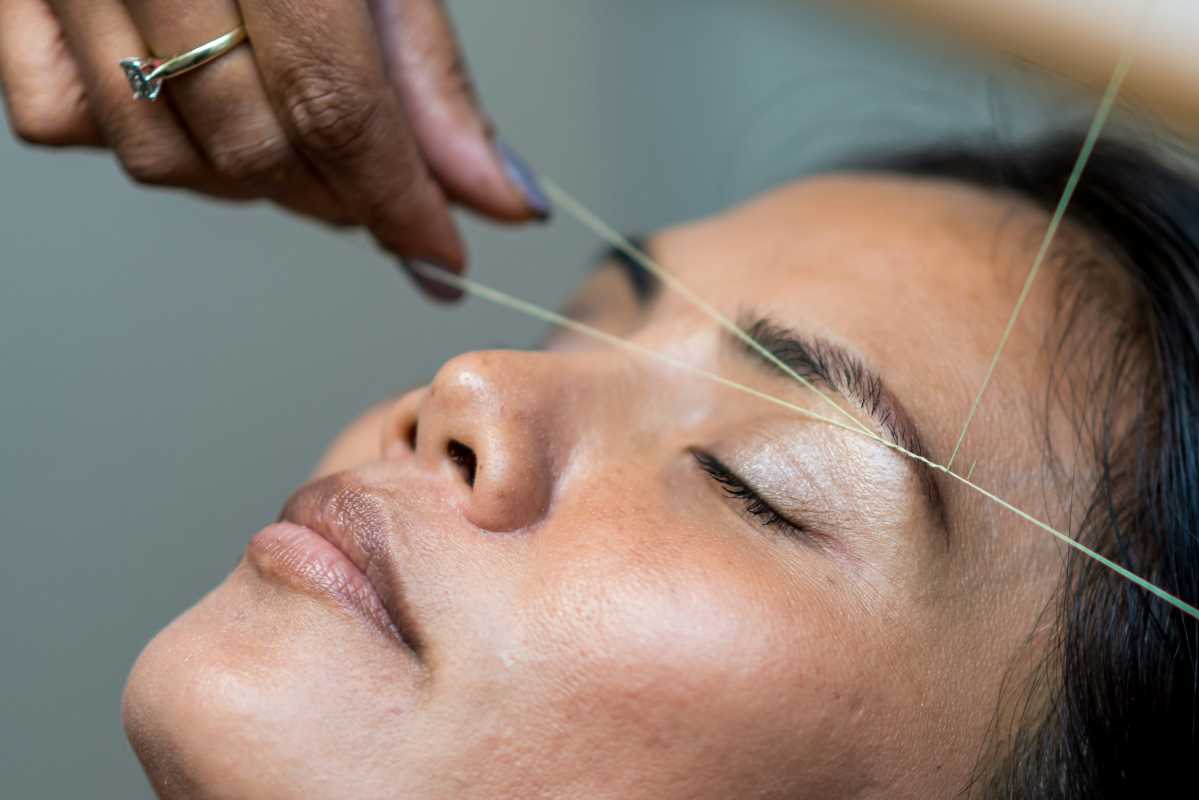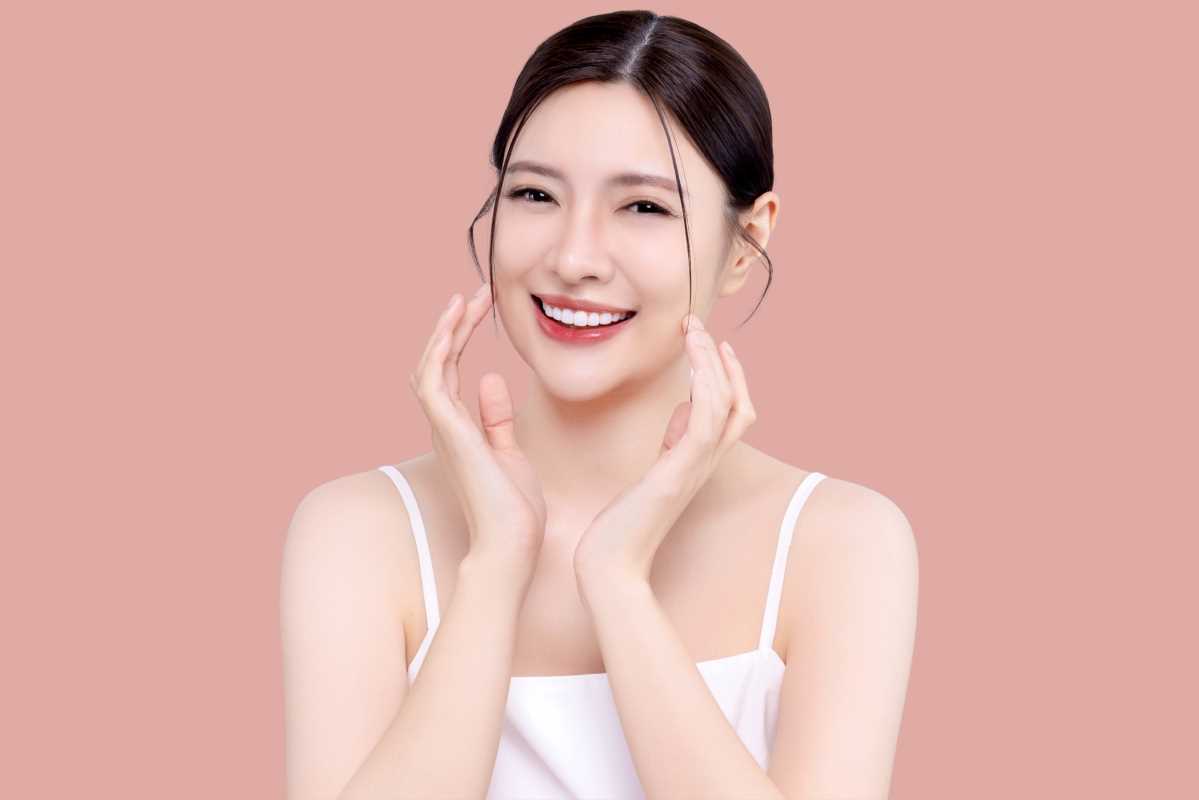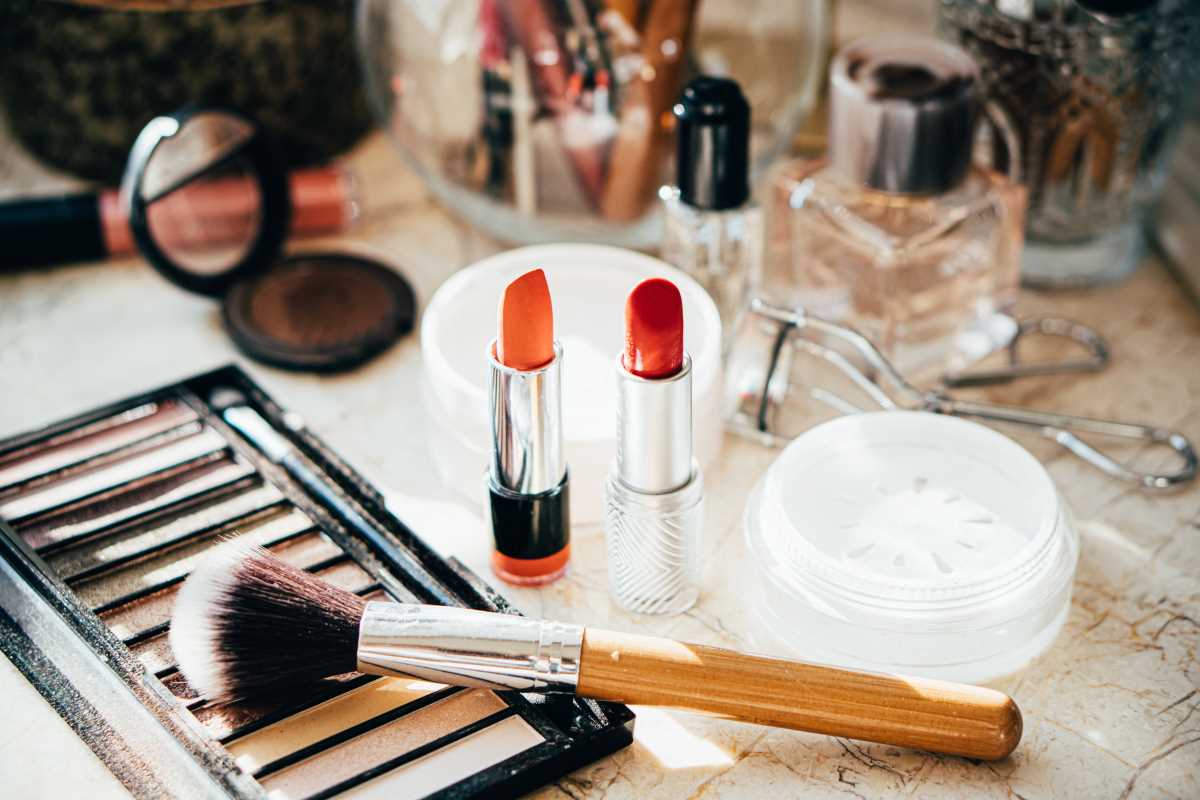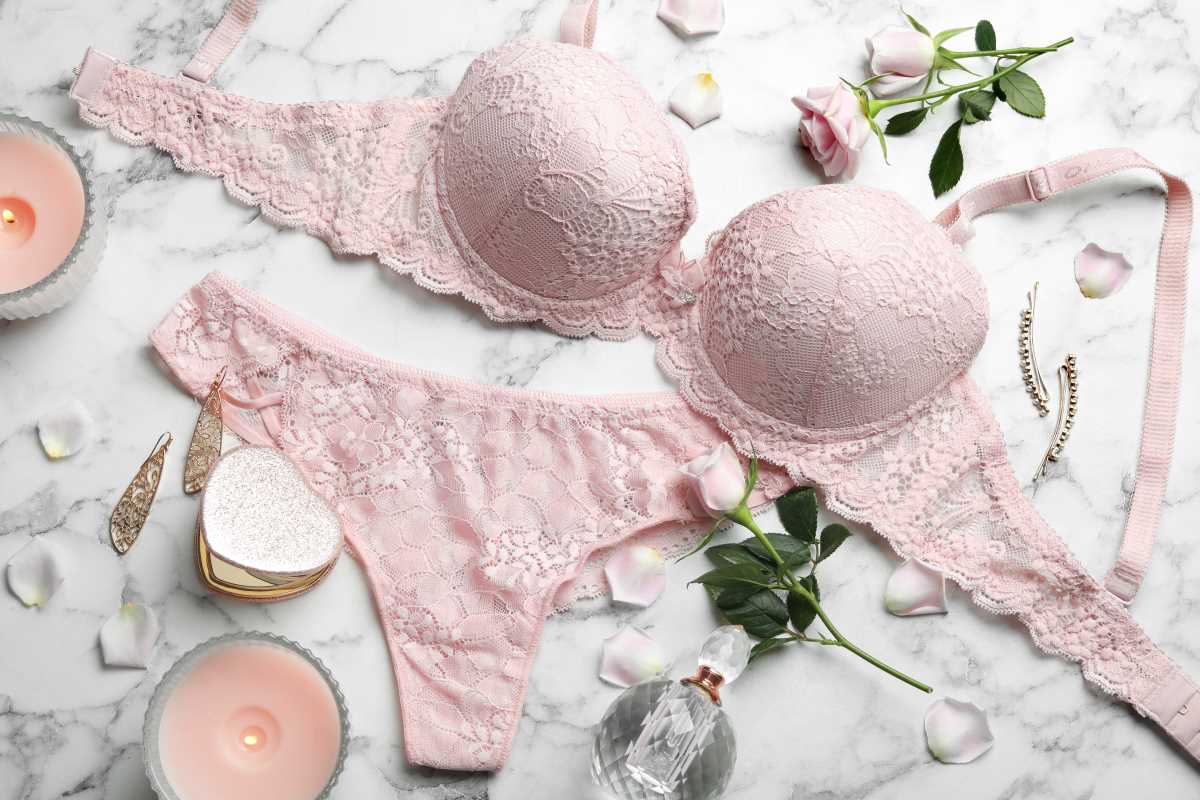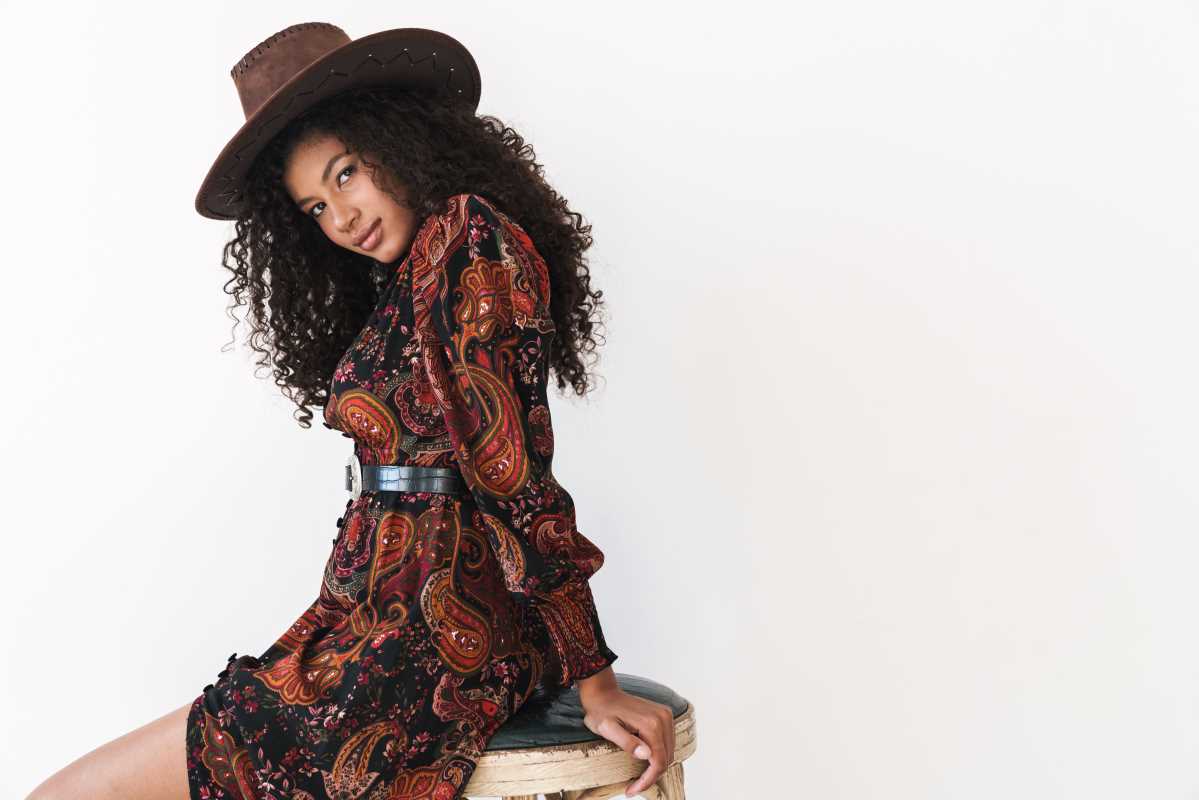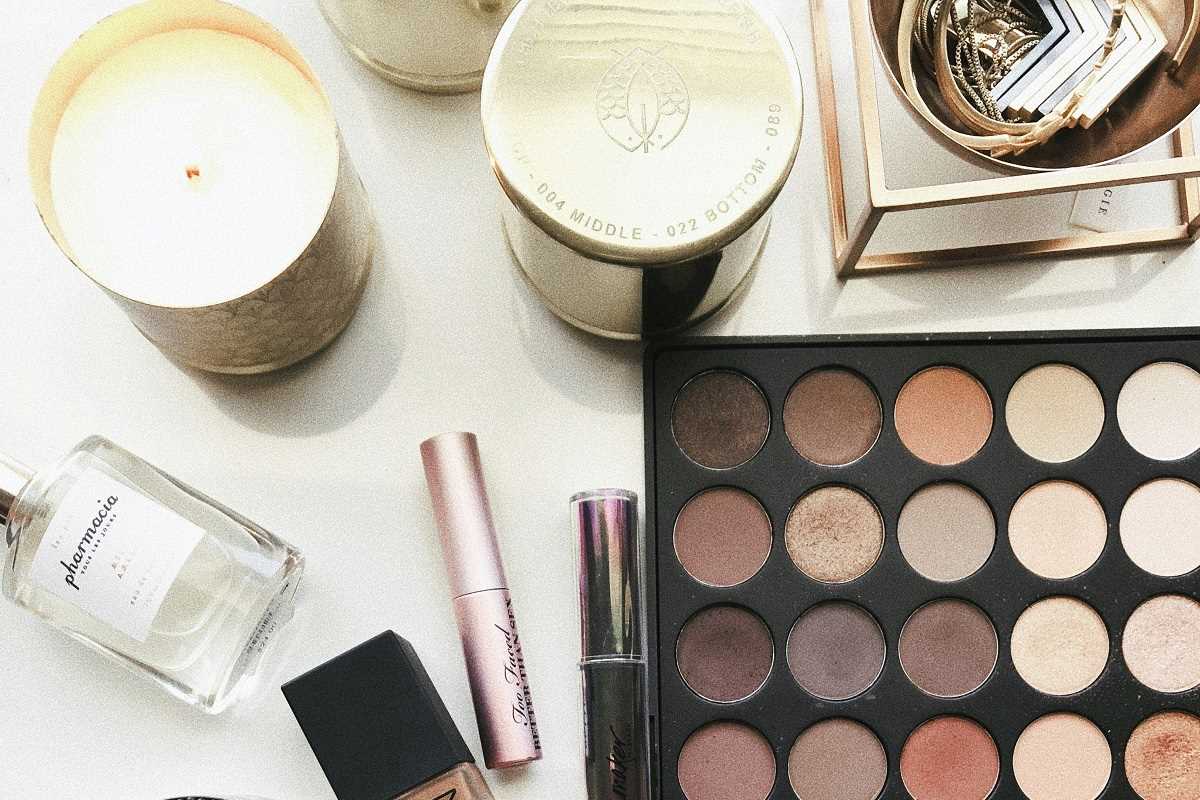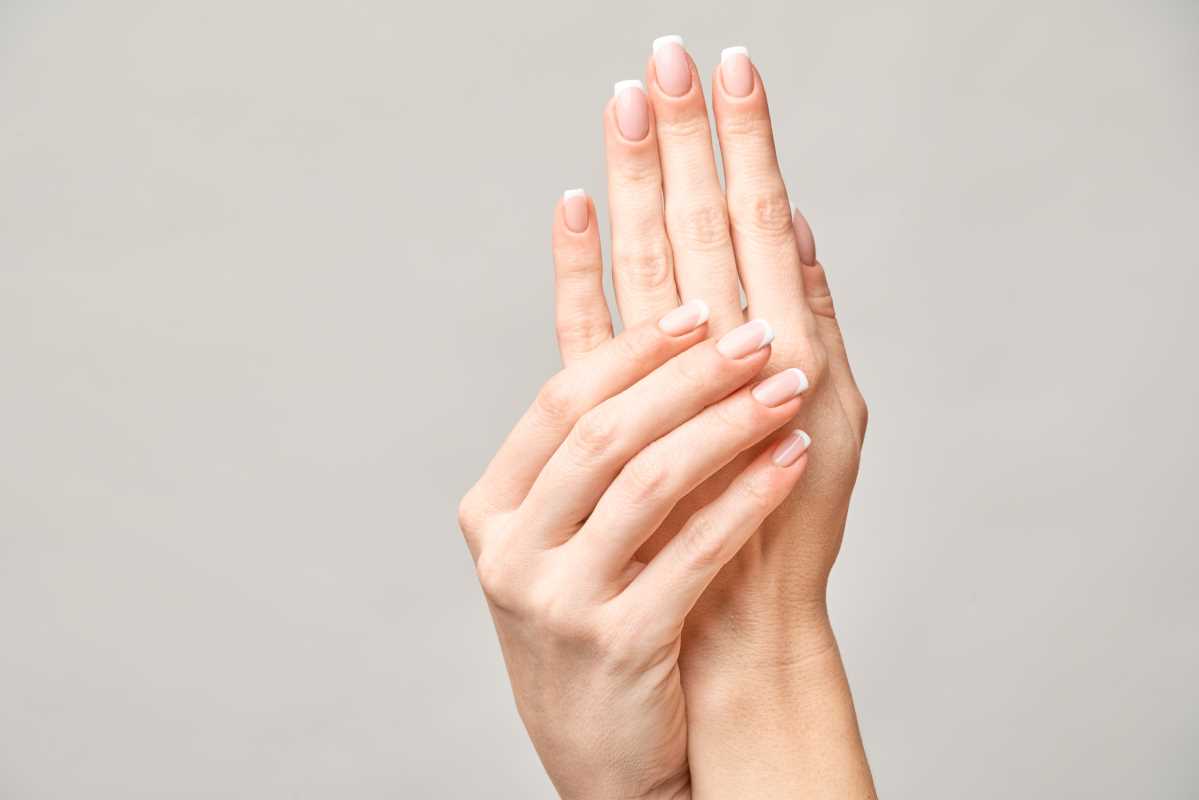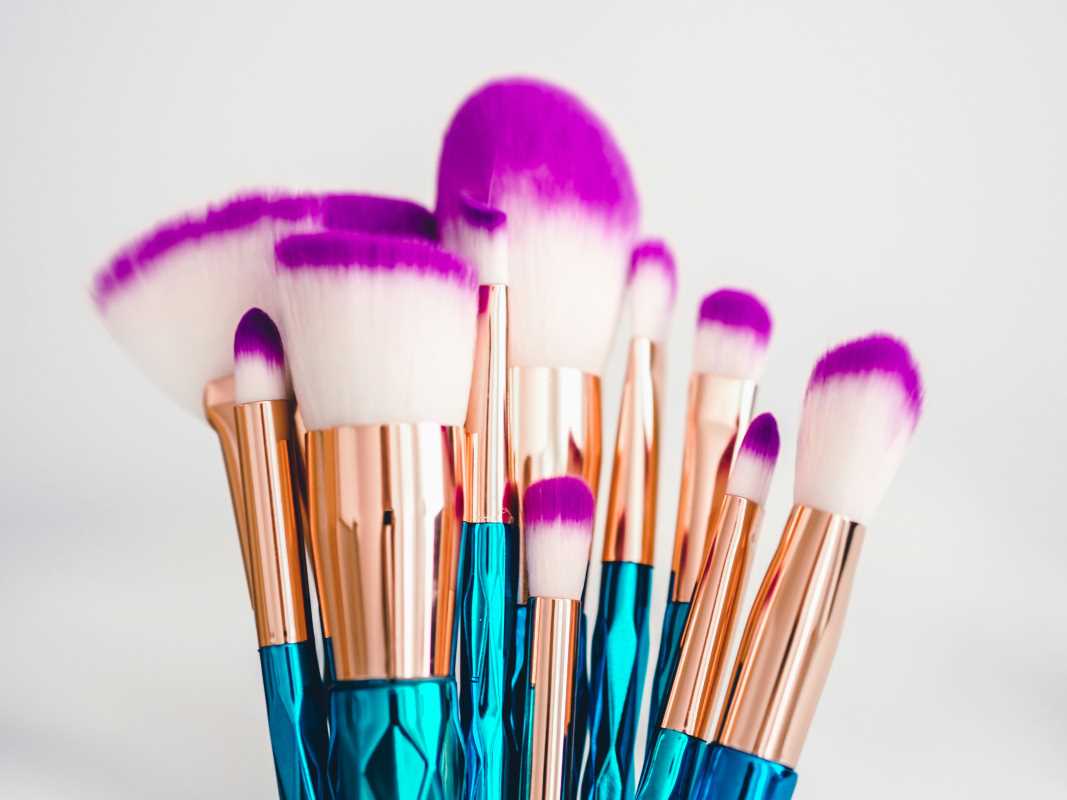Eyebrow threading is a popular and highly effective method of shaping brows. Known for its precision and long-lasting results, it’s a go-to choice for many. However, like any beauty treatment, it comes with risks that not everyone may consider before hopping into the salon chair. From skin irritation to infections, eyebrow threading can potentially lead to health complications if not done properly. Understanding these risks—and knowing how to minimize them—can help ensure that your threading sessions are both safe and satisfying.
1. Skin Irritation and Sensitivity
One of the most common side effects of eyebrow threading is skin irritation. The process involves using a thin thread to pull and twist out hair at the follicle level, which can put stress on the surrounding skin. If you have sensitive skin, you might notice redness, swelling, or even mild bruising after the procedure. This irritation is usually temporary, subsiding within a few hours, but for those with certain skin conditions like eczema or rosacea, it could worsen pre-existing issues.
To reduce irritation, avoid threading right before an important event. Applying a soothing gel, such as aloe vera or a cooling cream immediately afterward, can help calm the area. It’s also essential to avoid touching the brows excessively post-threading, as this can exacerbate redness and transfer bacteria.
2. Risk of Infection
One of the biggest health concerns associated with eyebrow threading is the risk of infection. Threading involves removing multiple hairs at their roots, which opens up tiny pores in the skin. If the threading practitioner fails to follow proper hygiene practices, such as using a clean thread or sanitizing the skin beforehand, bacteria can easily enter these pores and cause an infection.
A bacterial infection might appear as redness, pus-filled bumps, or a persistent rash around the brow area. Fungal infections can also occur if unsanitary threads harbor fungal spores.
To avoid this, always choose a reputable salon with good reviews, and ensure the technician uses a fresh thread for every client. The practitioner should also sanitize their hands and the treatment area before beginning.
3. Allergic Reactions to Products Used
While threading itself doesn’t involve chemicals, ancillary products used during or after the process can trigger allergic reactions. For instance, some salons might apply antiseptic creams, powders, or soothing gels to the skin before or after threading. If you’re allergic to any of these topical products, you may experience redness, itching, or even hives.
Before your appointment, consider asking about the products being used and whether they are fragrance-free and specifically formulated for sensitive skin. If you have a history of skin allergies, you might even bring your own products to the session for the practitioner to use while prepping or soothing the skin.
4. Hygiene Concerns and Cross-Contamination
Hygiene plays a crucial role in reducing the health risks of eyebrow threading. Reusing threads on multiple clients, failing to sanitize tools, or practicing in an unclean environment can lead to cross-contamination between customers. This unsanitary practice can expose clients to harmful bacteria, fungi, or viruses such as Staphylococcus aureus or, in extreme cases, even herpes simplex, although rare.
To protect yourself, ensure you’re visiting a clean and hygienic salon. Watch for red flags, such as the use of the same thread on multiple people or unclean workstations. Don’t hesitate to speak up if you feel uncomfortable with the salon’s practices—your health should always come first.
5. Ingrown Hairs and Improper Technique
While threading is known for its ability to remove even the shortest and finest hairs, improper technique can cause issues like ingrown hairs. If the hair is not pulled out correctly or if the follicle is damaged during the process, the hair might grow back sideways into the skin instead of outward. This results in painful and unsightly ingrown hairs.
Ingrown hairs can become infected, leading to pustules or cysts that require medical treatment. This is often preventable with a skilled technician who knows how to pull the hair in the right direction and minimize trauma to the skin.
If you’re prone to ingrown hairs, consider lightly exfoliating the area a day or two after threading to clear away dead skin cells and help guide new hair growth outward.
6. Skin Damage from Overthreading
Overenthusiastic threading can lead to skin damage, particularly if too much hair is removed or if the thread repeatedly scrapes against the same area. This can cause minor cuts, abrasions, or thinning of the skin. Over time, frequent and aggressive threading sessions may even lead to changes in skin texture or pigmentation.
To prevent this, instruct your technician about the exact shape you want and ensure they don’t overdo it. Overthreading not only harms the skin but can also result in overly thin brows, which may not suit your face shape and can take months to grow back.
Tips to Minimize Risks
If you’re a fan of eyebrow threading but want to lower your risk of complications, consider the following tips:
- Choose a Reputable Salon: Research salons in your area and read customer reviews to ensure they prioritize hygiene and employ experienced technicians.
- Check for Cleanliness: Confirm that the threading specialist uses a fresh thread for your session and sanitizes their hands and tools.
- Avoid Threading on Irritated Skin: If you have sunburn, acne, or other skin conditions, avoid threading until your skin has healed. This can minimize irritation and reduce the risk of spreading bacteria.
- Post-Care Matters: After threading, avoid touching or applying makeup to the area for at least 24 hours to reduce the risk of infection. Use a clean, cold compress to reduce swelling and redness, if needed.
- Consult a Professional for Reactions: If you notice signs of infection, severe redness, or a rash that doesn’t improve after a day, seek medical advice promptly to address the issue before it worsens.
Eyebrow threading is a precise and effective method for grooming brows, but it’s not without its risks. From skin irritation and allergic reactions to infections and ingrown hairs, being aware of these potential issues can help you make informed choices about your beauty routine. By choosing skilled professionals, observing proper hygiene standards, and taking good care of your skin post-session, you can enjoy the benefits of beautiful brows while keeping complications at bay.
